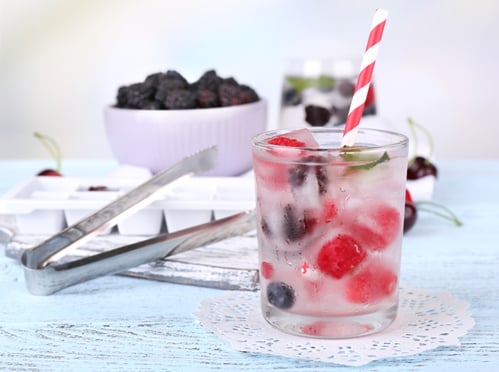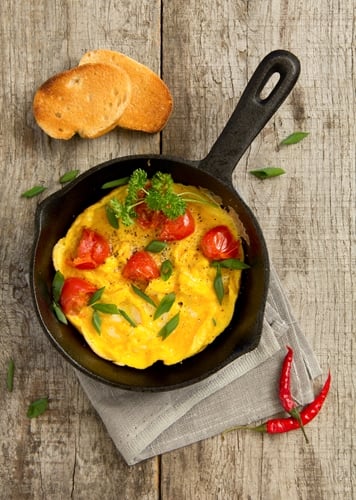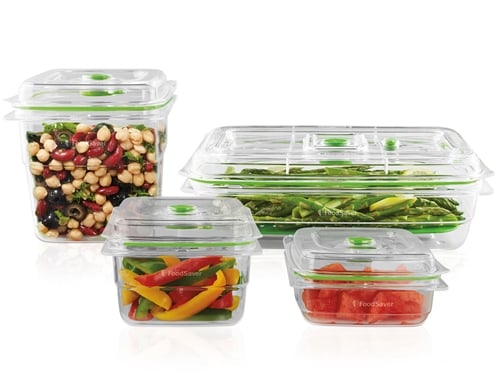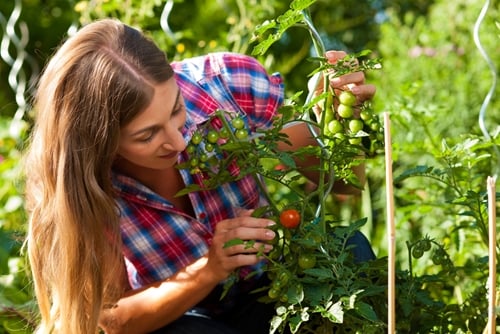
Best Times to Harvest Your Garden
- Less Food Waste
- 06/29/17
- Share
Growing your own fruits and vegetables is a simple way to cut costs while still feeding your family fresh, delicious produce. By gathering your harvests at their peak freshness and preserving them using The FoodSaver® FM5460 2-in-1 Food Preservation System, you can have access to the highest quality fruits and vegetables all year long. While others are dealing with second-rate, off-season produce from overpriced grocery stores, you'll be saving cash and cooking up masterpieces.
Of course, in order for you to stock up on top-notch plants, you need to pick your produce during its period of peak freshness. Unsure when you should start gathering from your garden? Keep reading to discover helpful harvesting information for commonly grown fruits and vegetables.
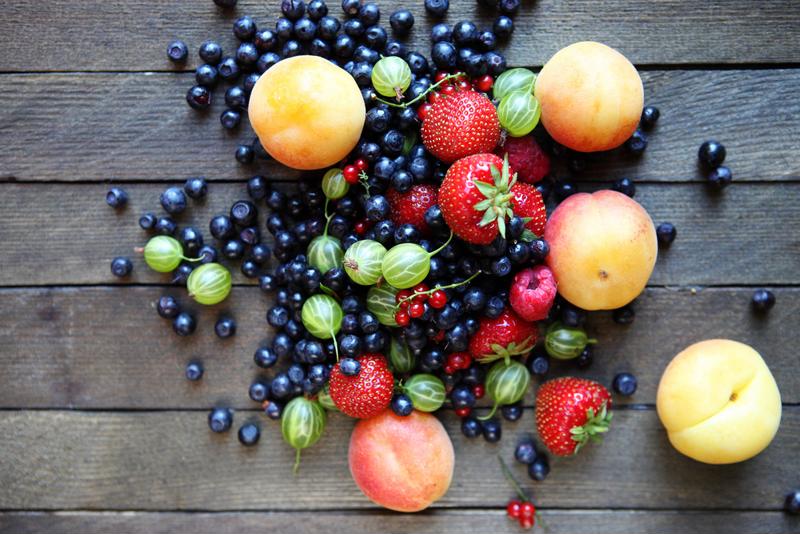
Fruits
Fruits that are frozen or preserved in jars can be used throughout the year to add juicy, sweet flavor to a variety of meals.
- Watermelon: There's nothing like a fresh, sweet slice of watermelon. When these fruits are harvested too early, however, they can lack their signature flavor and juiciness. According to the Farmer's Almanac, the best way to assess a watermelon's ripeness is by knocking on it. If the knocking makes a hollow sound, the fruit is likely ready to be picked. Additionally, a ripe watermelon has a yellow spot on its side, while an under-ripe watermelon has a white spot.
- Blackberries: Blackberries enter their peak season sometime during the summer months, depending on seasonal weather. The Horticulture Department at the University of Illinois recommended picking these fruits as soon as they're rich in color, soft to the touch, and sweet to the taste. If you notice that your blackberries look ripe in the morning, don't wait until the afternoon to pick them. The source explained that blackberries spoil quickly once ripe, so it's best to harvest them as soon as possible.
- Peaches: The secret to picking the perfect peaches? Paying attention to the color. The Farmer's Almanac recommended harvesting peaches with no green spots, and whose sun-facing sides are a deep orange-red hue.
Vegetables
From soups to stews to scrambles, there's no shortage of tasty and healthy dishes you can create using preserved vegetables.
- Sweet corn: Capture the flavor of summer by storing sweet corn using The FoodSaver® FM5460 2-in-1 Food Preservation System. Corn is at peak freshness when its silks are soft and brown, explained the Weekend Gardener. Kernels should release a light, milky liquid when pricked, and should be rich in color and plump to the touch. If possible, harvest your corn in the later afternoon, advised the source.
- Cucumbers: If you're growing slicing cucumbers, pick them once they've achieved a dark green color and are between six to eight inches long, recommended Harvest To Table. Pickling cucumbers are best harvested when they reach two to three inches in length.
- Carrots: Carrots should be picked when they've reached their full size, which typically occurs about two to three months after they've been planted. If you suspect your carrots are ready to be plucked from the ground, the Weekend Gardener recommended loosening the soil around their tops and pulling a few out to see their progress. As long as your carrots aren't growing in a hot environment, feel free to leave them in the ground until you're ready to preserve them.
- Tomatoes: It's simple to see when tomatoes are ready to be gathered. These delicious plants can be harvested as soon as they appear colorful, round, and come off the vine with a light tug. Ripe tomatoes also give off a scent, so when in doubt, take a whiff of your stalks.

